Blink, and you’ll miss it. The reticle turns red for a split second. Then, a distinct clattering as a series of buttons are pressed in rapid succession. Suddenly, the camera zooms towards the target at inhuman speed. Just like that, the level is over. The character flying through the air is Master Chief. The mechanic is sword flying, a glitch in the series’ second game which allows the player to use enemies to literally fly around the map. The game series is Halo. Since its release in 2001, Halo has become one of the most successful and popular video game franchises in history. For 16 years, it has served as the primary title which Microsoft’s Xbox gaming system is built around. Legions of fans are familiar with Halo’s rich campaign mode and frenzied multiplier. But over the last few years, a new segment of players has emerged as a major force: speedrunners. Halo may not strike an average gamer as a title built for speedruns. But over time, efforts from Halo’s developers, players, and most importantly, fans, have made speedruns more and more popular. Next week, that popularity will surge to a new height when GarishGoblin’s run of the first game in the series, Halo: Combat Evolved, is featured on the first day of the Games Done Quick (GDQ) marathon, the holy grail of speedrunning. It will be a huge moment for Halo speedrunning, considering how far the community has come to get to this point. Master Chief has journeyed across the galaxy, but the longest road he had to travel may be the one to GDQ.
The Great Journey begins
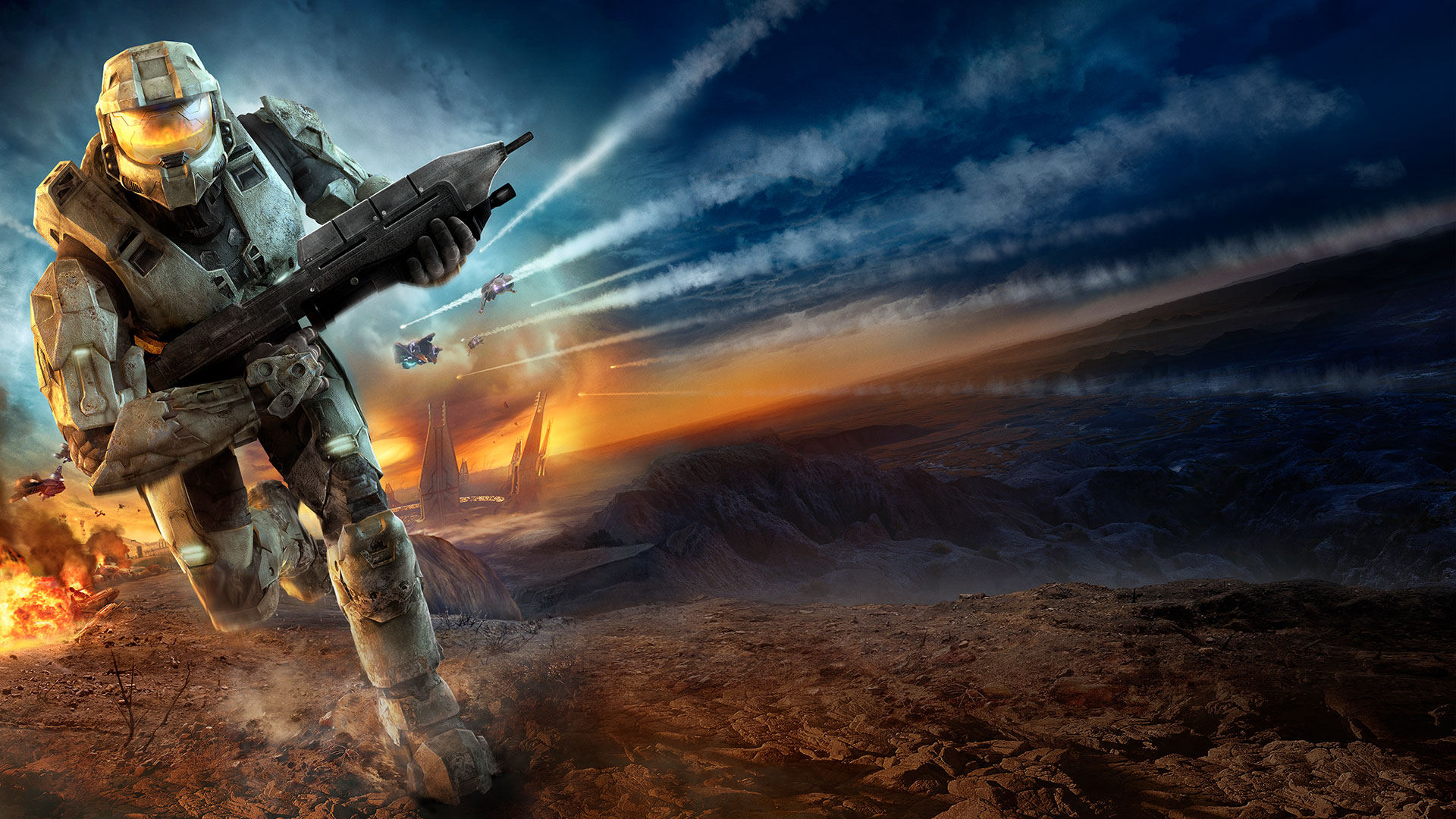
Bungie, Halo’s original developer, has built its beloved brand by making great games and connecting to the communities surrounding them. Earlier Bungie titles like Marathon and Myth were not only great games, but filled with easter eggs. Bungie’s success brought a lot of fans to Halo. “From the beginning, [Halo] was the Bungie fan club,” says Reed Tiburon, a key figure in the development of Halo speedrunning. “The obsessive fanbase around Halo started with the obsessive fanbase around Marathon.” Bungie not only brought fans to Halo, but also to Microsoft’s new Xbox console. With the power of the new console, Bungie was able to build a world unlike anything ever created. Halo’s unique physics engine produces signature movements, and its vast, nearly fully-rendered world is a playground for imaginative gamers. Halo is far from an open world game and nearly every Halo game has mundane levels, but the studio tried hard to let players mess around. Bungie “appreciates when people found ways to play the game that were not the norm,” Tiburon said. “For the first game in a new title on a new platform, you might not expect the number of easter eggs in [Halo: CE].” Halo’s tricks start on the very first level—before the fighting even begins, killing Captain Keyes, a character essential to the game’s plot, unlocks an Easter Egg. Pretty soon, gamers were using weapons, vehicles, and other devices to launch themselves to far corners of Halo’s map. “People would do glitches where they would get out of the map or try and get access to areas you weren’t supposed to get to,” says Andrew “Goatrope” Halabourda, a founding father of Halo speedrunning. Reaching those corners revealed fully rendered areas, as if Bungie expected all along that someone would explore them. “They don’t set up artificial boundaries,” Tiburon explained. “You can just walk out into the water on Silent Cartographer [a Halo: CE level] until you don’t see anything because it’s so dark.” Another big influence was Halo’s groundbreaking multiplayer. For many, including Goatrope, Halo-inspired LAN parties were his introduction to multiplayer games. Kevin “Mr. Monopoli” Marnell, possibly the greatest Halo runner ever, cites the multiplayer’s impact on his speedruns: “I got into Halo speedrunning by falling in love with the Halo franchise as a whole. When playing Halo 1 with friends we heard about ways to get outside of some of the multiplayer maps. Those tricks and glitches were fascinating to me.” Halo tricksters soon filled the internet with their exploits. One of the lasting things to come out of that early period was one especially influential website: Halo.Bungie.org. The site is now defunct, but in the early 2000s, it was a hotbed of forum activity, and had a dedicated tricks section. Then, in the summer of 2004, everything changed with one event.
Going Nowhere Fast
The first record of a Halo speedrunner was someone who went by Åstro the Space Duck on the HBO forums. A post titled “Halo Done Quick” from November 2002 still has many of his original times on Halo: CE. There are no supporting videos, and he even skips an entire level. In response, a few forum members posted their times for individual levels as subthreads and other posts, but there really wasn’t much development in the speedrunning scene until 2004. In the fall of 2004, Bungie jumped into the fray by sponsoring a speedrunning contest: Going Nowhere Fast. The prize pool was just a couple pieces of memorabilia and a $20 gift certificate, but a frenzy of activity followed. “It just devoured my entire summer,” Goatrope recalls. Inspired by the competition, runners raced to try new “strats,” speedrun lingo for strategies. In one sequence, runners figured out how to jump off from an absurdly high bridge, riding the edge of the mountain to safety. This skipped an entire section of the map and de-loaded all the enemies. “[The] AOTCR [a Halo one level], the bridge fall, was one of the coolest tricks I’d ever seen,” Tiburon says. The nature of the contest meant that it had to end—there had to be a defined conclusion with winners. But Goatrope and others wanted to keep going. So he helped start the very first Halo speedrun website, High Speed Halo. The site was originally hosted on another popular trick site, High Impact Halo, which was created by Ducain in April 2004 as a resource for Halo tricksters.
Two Betrayals: The death of High Speed Halo
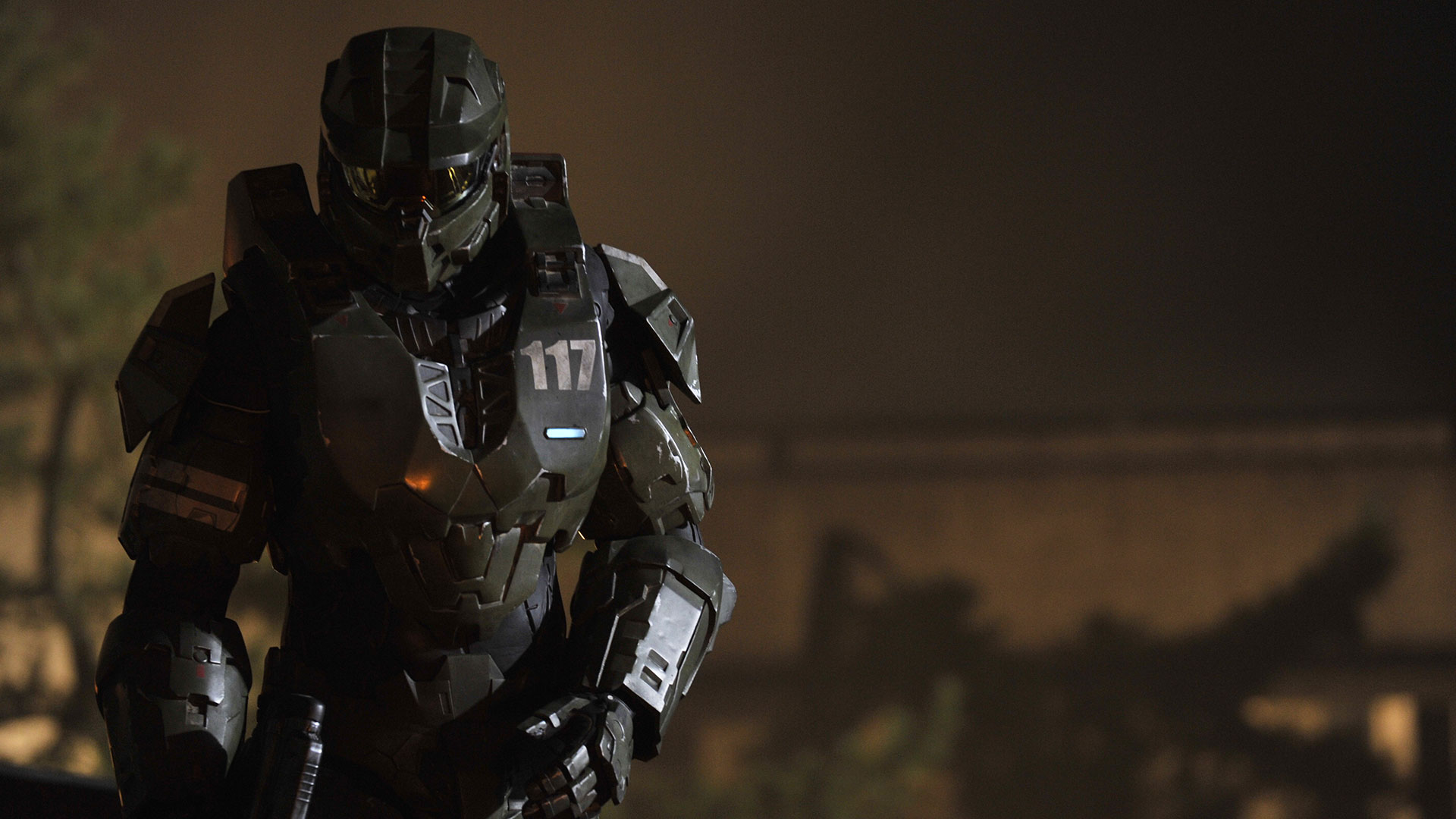
High Speed Halo initially mimicked Speed Demos Archive (SDA), the primary site for speedrunning in general and the organization that hosts GDQ. Goatrope tried to get Halo on SDA, but there was reluctance to include the Microsoft shooter. SDA was largely made of two groups: PC-shooter players who played games like Quake, and Nintendo fans. Back then, the site organizers were a bunch of teenagers making their own rules, and Halo didn’t belong. “We felt isolated,” Goatrope said. “We’ll just do our own thing.” The internet was very different back in 2004. Bandwidth was a lot more expensive than it is today, and it was a big deal to upload a video. “You could have someone on MSN Messenger and send it just to them,” Goatrope explained. “There wasn’t really an option to [share with the world].” The videos were hosted out of another Halo site, Mythica.org, which was owned by Brian Towne and helped sponsor Going Nowhere Fast. Towne paid for the video hosting out of his own pocket, but the site could only publicize one video at a time. So they decided to have one featured run per week, and that was the only run available to the community. The site fortuitously launched at the same time Halo 2 was released in November 2004, which led to a big influx of players. Eventually bandwidth got cheaper and Mythica let anyone upload a video that others could see. “We had lots of people submitting teams for Halo 1, Halo 2, [and] Halo 3,” Goatrope said. Eventually, the original founders of the website moved on and the website was passed down from runner to runner. For a while this worked, but over time, the site fell into disarray. Runners would submit times with videos and not hear back for six to eight months. This was right when general speedrunning went through a renaissance with the launch of Speed Runs Live in 2010. “The website was so slow, so unresponsive, so broken,” Goatrope vented. “It didn’t have a leaderboard. You could not get the information you wanted.” Tiburon agreed: “The community was really small and by that time, inactive. The were only two to three people doing full-game runs even of the popular games.” “People said ‘this website sucks, let’s just use a Google Doc,'” Goatrope said. This is how Halo speedrunning existed for a while, a Google Doc run by a couple guys. First the broader speedrun community rejected Halo, then its own runners walked away.
Regret: A rough start at GDQ
The period between 2011 and 2012 is a dark one in the history of Halo speedrunning. In addition to the defunct website, Halo made two appearances at GDQ, both of which did not go well. In 2011, at the second-ever GDQ event, a player named Cody Miller ran Halo: CE, also on the first day. That run has been widely described as a disaster. The difficulty was compounded by the GDQ schedule—Halo was the second of two back-to-back runs by Miller, with a third quickly following. Three speedruns of wildly different games in less than six hours sounds insane, and it was. The run that suffered the most was the one in the middle, which happened to be Halo. Starting the game on Legendary difficulty, Miller was forced to drop to Heroic, then Normal as he struggled through the levels. “We thought [Cody] was a good runner at the time, but his strategies were either overly safe or overly reckless and he didn’t practice enough,” Tiburon explained. “It was a huge trainwreck.” The run dragged past four hours when the initial estimate was just over two. It was later found that Miller had doctored some of his individual level runs. That’s problematic on its own, but it had a devastating effect on the full game marathon. Miller got another chance at Halo in 2012, with Halo Reach, but it didn’t go much better. Again, Halo came on the second half of a back-to-back for Miller, one of four runs he would complete at the event. Mr. Monopoli believed that these slow, uninteresting runs “did a lot of harm to the perception of Halo speedrunning in the larger community.” Miller declined Dot Esports’ request for comment on this story.
Uprising: Halo’s return to GDQ

Mr. Monopoli started speedrunning Halo back in 2006, and Halo 2 remains his favorite game. He went on a run in 2009 where he swept all of the Halo 2 Legendary records. It was incredible, a culmination of over three years’ work. Monopoli’s runs inspired others to join the scene and some old faces to come back. When he stumbled into a Reddit post about Monopoli beating Halo 2 in under two hours, Goatrope was surprised that there were still people running the game. “Seeing this modern era where there are really good runners and they are streaming their runs, discussing strats, and doing really challenging stuff, things we used to think were impossible, is awesome,” Goatrope said. “The speedruns I remember us doing, they were fun, but looking back, they weren’t very good runs. We weren’t super good and there wasn’t a ton of information sharing.” New technology also enabled full-game runs. Goatrope came back and got full-game world records on Halo: CE. “[It was] kind of revolutionary,” he recalled. “Nobody back in the day ever did full game runs.” By the summer of 2013, Monopoli was getting ~20 viewers on Twitch for his full-game runs, Tiburon one of them. “He got popular because people outside the community started posting him, saying he’s really good,” Tiburon said. “[The] sense in the broader community [was] that Halo deserved another chance.”
Rejection
So Monopoli wrote a patch to SDA to be included in AGDQ 2014. And his patch was summarily dismissed in the first round. “Leading up to submitting my run for AGDQ 2014 I knew that it would be difficult because GDQ was pretty forward about their reluctance to ever accept Halo again,” Mr. Monopoli said. “I grinded the game for hundreds of hours before submitting and had built a new Halo community around my efforts.” That community didn’t abandon him. Tiburon organized an effort to bombard the SDA forums with messages to reconsider Monopoli’s run. SDA initially believed that they had too many shooters already, and that Half Life 2 was a better run. There was also skepticism of the time estimate, given the earlier debacles. But this wasn’t the same run as the ones from years before. “[Monopoli’s run was] such a different run than the SDA people were expecting,” Tiburon says. “They didn’t know Halo could look like that.” Tiburon went on all sorts of forums, encouraging people to comment to SDA if they wanted to see the run. The comments rained in, even from people outside the Halo community. “People saw a couple clips and thought it would be a cool speedrun.” Under community pressure, SDA relented and made Monopoli’s run a donation incentive. By November 2013, Monopoli was in heavy prep mode, regularly streaming his preparation runs to hundreds of Twitch viewers. After the event started, the incentive was met without an issue. Halo was back on at GDQ.
Monopoli’s run
“He felt a lot of pressure to perform well, to redeem the franchise,” Tiburon said. Monopoli started at 2am with around 80,000 viewers. Just over two hours later—the estimate was a generous 2 hours, 20 minutes—the run finished with over 160,000 viewers, with donations coming in strong through the early hours of the morning. The run was a smashing success.
It wasn’t without mistakes—a tough final fight in the first level and a couple unlucky ghost flips could have derailed it. But Monopoli remained composed, talking his audience through it. In front of the live audience, facing the heat of lights and cameras, runners have to remember that it’s performance. But in totality, the run is spectacular. He alleviated concerns about Halo’s RNG with precise movements to manipulate spawns, including an infamous sword spawn on the level Regret that flummoxed the community for years. He flew around the map with those sword flies, signature to Halo 2. He bounced into places he wasn’t supposed to go and pieced together a speedrun that remains relevant today, even if the world record is now well under two hours.
Aftermath
Monopoli’s success was a huge boon to the Halo speedrunning community. “[It] was a really big break point for us,” said Goatrope. “We had a pretty rough coming of age in the speedrunning community. It [means] everything.” It meant a lot to Mr. Monopoli, too. “Being able to redeem the Halo franchise in the eyes of the larger speedrunning community, especially in the context of GDQs, is the video game achievement that I am most proud of.” After Monopoli, Halo has been back at GDQ several times. That summer, Goatrope redeemed Halo: CE with a sub-two hour run. Other runners have succeeded at performing on every game in the franchise. This week’s runner, Garish Goblin, was one who discovered the community during the lead-up to Monopoli’s run. “I hadn’t really followed any speedrunning scenes until late 2014 when I discovered Halo speedrunning,” he said. Now he’s one of the best in the world.
Truth and Reconciliation: The start of HaloRuns.com
Monopoli’s run and stream inspired many people to get back into Halo speedrunning. But they still didn’t really have a home with HSH not functioning. It was a promising Halo: CE runner named WHISTLE—he still holds the easy world record today—who unwittingly served as the unwitting poster boy for a reboot. WHISTLE made a really fast runs and submitted them to High Speed Halo. But after not hearing back for months, and he ended up quitting the game. This was unacceptable to Goatrope. “This guy is a really great runner, he’s making content that people want to see, and it’s not getting up there,” he said. “High Speed Halo is being run so bad that people are quitting the game over it.” Goatrope reached out to the last person in charge of the HSH site, a runner by the name of NOKYARD, with new ideas and code, but was rejected. “He had his own ideas of how the website should be like,” Goatrope said. Eventually Goatrope, Tiburon, and Monopoli decided enough was enough. “High Speed Halo is in the past, let’s make a competitor and beat them,” Goatrope said about their decision. “And that’s where Halo Runs came into the picture.” Halo Runs was a total reinvention with radical changes. For the first time, power was placed firmly in the hands of the community. Goatrope wrote the code and a few leaders set up basic rules for what a run should be, but after that, it was up to the community to organize itself. Players are trusted to time their own runs and submit them to the site. Anyone can submit a run of any time with little effort, and yet the site has only been trolled once in three years. “We just want as many people participating as possible,” Goatrope explained. “The rapidity, a run happens and it’s immediately on the website, was really crucial to us.” With lower barriers to entry, the site now has over 1,000 trusted accounts, or runners that have submitted times on at least 10 levels. Admins still ask for videos of run that get close to records, but other than that, once a time is submitted, it appears on the leaderboard almost immediately. The final touch was a points system that rewarded players for going fast. Goatrope was vindicated when old players started coming back. “WHISTLE heard about it, he came back, and he started getting world records. That was our success,” Goatrope said proudly.
The Arbiter: Establishing speedrun rules
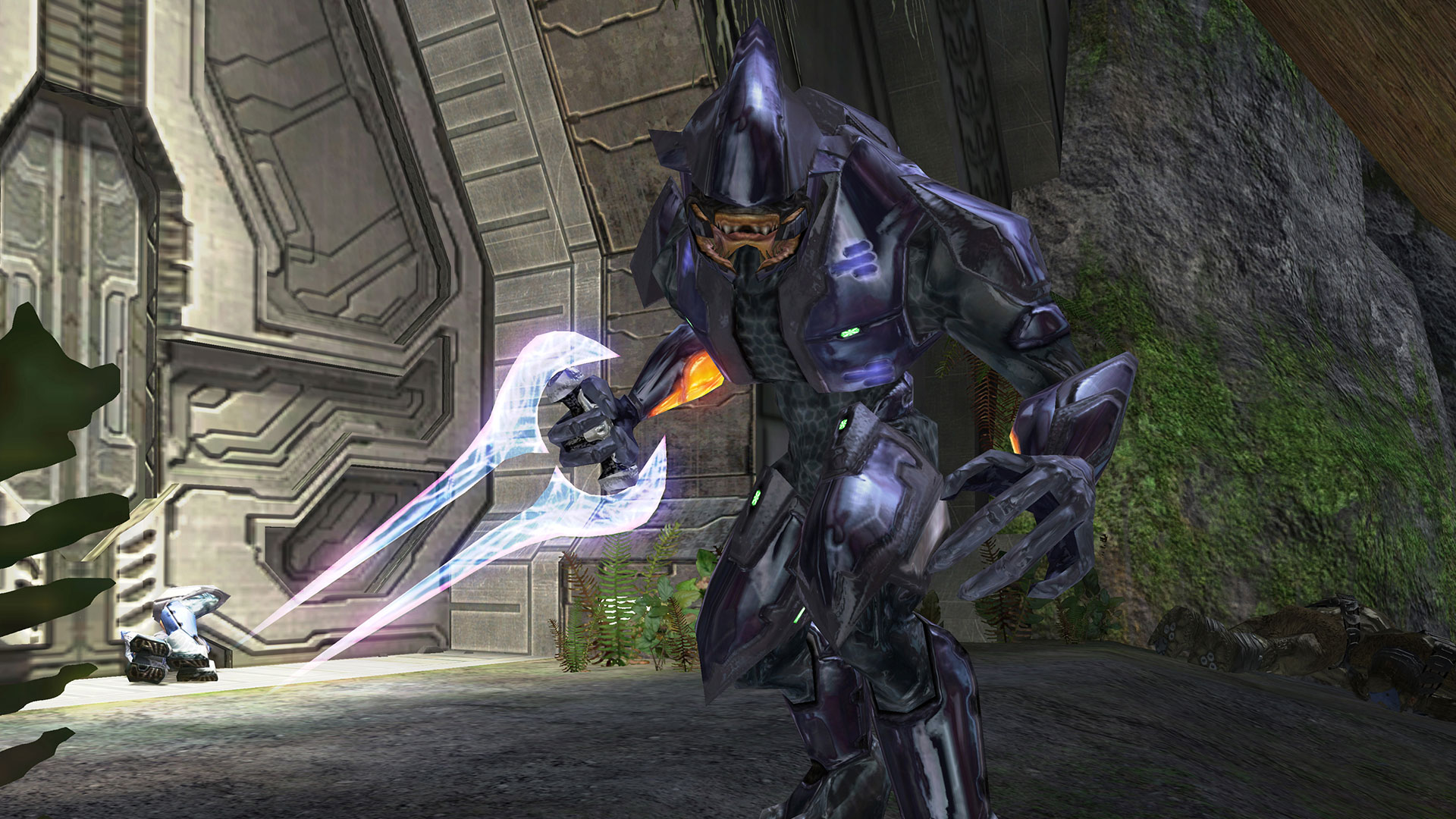
The new website required some updated rules. “The organization of the scene was really sloppy,” Goatrope recalled. “There were no set rules. Whoever was the first person to run something got to decide how they did things.” Tiburon set out to develop rules for how to start or end a run, and what tricks are allowed. Generally, tricks within the game’s software, that don’t use anything external, are allowed. In his preparation for GDQ, Mr. Monopoli used a glitch that involves resetting the console to obtain permanent invisibility for a single level. “It’s not a cheat,” Tiburon explained. “It’s a legit way to play the game. You’re showing off game mechanics and the run would be cooler with this glitch than without. It would be faster to play Gravemind on Legendary perfectly without the glitch than to do the glitch. If you were really good, you wouldn’t need it, so it’s a safety strat.” Tiburon’s next challenge was to consolidate the dozens of categories for runs. There were runs for each of Halo’s four difficulty settings, but also other categories, like zero shot, where a player cannot touch the right trigger. Too many categories waters down competition and creates less meaningful runs. ‘[They’re] cool as an idea, but why is that a category you track on your website when it’s not as competitive?” Tiburon asked. The categories were narrowed down to two difficulty settings: Easy and Legendary. But that hasn’t removed controversy. The relative merits of Easy vs. Legendary runs are debated constantly. Most people think that, because Legendary is harder, Legendary speedruns are harder. Tiburon grew up playing Legendary and is torn between the two: “I always appreciate the hardest difficulty, especially if you’ve played the game. But it depends on the game. Halo 2 Easy is one of the most fun to watch. I can appreciate Easy, but my heart is with Legendary.” Legendary runs are visually impressive and garner a lot of fan interest. But Goatrope describes the merits of Easy well: “You’re not competing against the game. In speedrunning, you’re competing against other runners. Right now you could argue that more people are playing Legendary so Legendary is harder. But in 2014 and 2015, most people were running Easy and it was way more optimized.” Some people wondered where the other categories went, but for the most part, the rules worked. The current leaderboards show 50-100 entries for some categories, something that never would have happened before Halo Runs. Just a few weeks ago, one level saw its world record broken four times in a day:
Even though both Goatrope and Tiburon have moved on from the site in some fashion, the principles remain relevant. “[The] ideal for the site was always to keep it in the direction of people who are active,” Tiburon said. “We’re not trying to cater to everybody or every category.”
Tip of the Spear: New runners pushing the envelope
There are other ways the community is healthier than ever before. More runners means more ideas for how to break the game. By 2014, there were already big skips in the major titles in the franchise, and players were well aware of simple mechanics like grenade launches and slide jumping that take advantage of the game’s unique, floaty physics. But the community went to work finding glitches and shredding records.
Crazy, insane strats
Goatrope remembers in particular a runner named Khan who took his Halo: CE record. Khan did it by exclusively practicing just one level: Two Betrayals. “Two Betrayals is in my view, the hardest level to speedrun. It’s horrible,” Goatrope said. For a long time, Goat wouldn’t practice the level and would use safe paths on full-game runs. Khan went and crushed Two Betrayals. He spent more than a week playing nothing but Two Betrayals, developing crazy aggressive strats that somehow work. When he switched back to full game runs, he got a run where, on nine out of 10 levels, he was slower than Goatrope. But on Two Betrayals, he blew past Goatrope’s time by several minutes, and that was the world record. Two Betrayals “is now the most popular level to spam individual runs of,” Goatrope said. “Because it’s so hard, it’s the holy grail. [Khan] was the first push the envelope of crazy aggressive strats.” Oftentimes, people will wonder why a runner tries for insane strats again and again, even while suffering multiple deaths. But often times these strats are more reliable than safe strats because even if they don’t work, players can try them multiple times in the time a safe strat would take. “If you watch full game Halo Legendary [world record], it’s just insane strats at all times,” Goatrope explains. The runner who will play Halo next week, Garish Goblin takes that to the next level. “He does insane strats for the entire game, just running past enemies, and live somehow. It’s nonsensical. But Garish Goblin, definitely the dude.”
Flood Bumping
One of the most revolutionary glitches was discovered by Goatrope with help from the community. It’s called flood bumping. Some enemies, called Flood, can revive after being shot. If a player stands on top of one while it revives, the game engine can be tricked into ejecting the player upwards—sometimes out of the map. The trick was theorized based on the community’s understanding of the game engine, but had not been done in over a decade of trying. Goatrope remembers vividly the night he discovered the trick. “The night it happened was insanity. I was just trying it idly, streaming on my alt channel to like 6 people. I was just killing flood and standing next to doors as I stood on top of them. Then all of a sudden, it just works. I was going through a door that didn’t even save time, and it popped me through the door. I flipped out, went to the Skype channel and said ‘it actually works, somehow it worked. I got through a door with a flood standings up.’ Immediately 12 other streams go live, everybody’s testing flood bumping, testing every single flood, every single wall, on Keyes, on Library, Two Betrayals, Maw, grinding, grinding, grinding. It was a flurry of activity from this one trick. It took us months to get strategies consistent enough for a full run.” The reason tricks like this require so much effort from so many people is because fans only see the ones that work, and some of them, including flood bumping, are both incredibly precise and RNG-dependent. “You only hear about the ones that work,” Goatrope explained. “You don’t hear about the dude getting stabbed by a sword elite for six hours that didn’t turn out to do anything. There’s so much of what we call ‘R&D time’ where just nothing works, you’re just trying this stupid stuff—99 percent of the stuff people try doesn’t work.” Flood bumping is now a required part of Halo: CE legendary runs. But its precision and reliance on good luck are still incredibly frustrating. The best runners know how to get checkpoints before key bumps, but that doesn’t fix the issue. That frustration actually led to Goatrope to stop speedrunning—the best runs required flood bumping, and he didn’t want to put up with it. “All the world records are insane, they get the one-in-five [chance to] bump [on the] first try, instantly, [multiple times], and you just can’t compete with that. I’m blown away by the resilience of Halo Legendary runners.” It helps that with an active website, Discord server, and Twitter page, along with the YouTube and Twitch channels of runners and glitch hunters, the community is more active than ever before. In the early days of Halo, runners wouldn’t share information, finding new tricks only to practice them in secret until a record was broken. Now, the process is much more collaborative, with players pushing each other to go faster.
Silent Cartographer: Mapping the future

The flurry of activity that followed Monopoli’s run continues to push the boundaries. Halo: CE is 16 years old, and Halo 2 over 10, but new tricks are still being found, and Monopoli just recently got another individual level record.
Of course, new titles are still being produced, now by Microsoft’s 343 Industries. And there are great runners of those games, with the most recent, 2015’s Halo 5, being the first game in the series with all Legendary times under 10 minutes.
Old vs. new
But the first two games continue to be the most popular. To Garish Goblin, the explanation is simple: “CE and Halo 2 have the coolest speedruns out of any of the games.” But it goes deeper than that. “How popular a speedrun game is has little to do with how good of a speedrun game it is,” Goatrope explained. “Halo 4 is a really awesome speedrun game, but because it’s not a good game, people don’t play it. There’s a reason Super Mario 64 and Ocarina of Time are the most popular speedrun games in the world right now. They’re games that people already love.” For runners like Goatrope, Tiburon, and Mr. Monopoli, nostalgia is also a factor. “The people who do run [the newer games], are younger. Whatever game you played when you were 14 or 15, that’s the game you speedrun.” Goatrope said. Monopoli agreed: “Halo 2 was the first Halo game that I really fell in love with. I enjoyed the first one, but there was something magical about the multiplayer experience of Halo 2 that got me even more hooked. Since then I just haven’t stopped having fun, so I haven’t stopped playing.” He continued: “The Halo games later than 3 just didn’t hook me the same way the first 3 did. I think some of it has to do with the age I was when experiencing them. I don’t think any other games will ever give me the same community feel as 2 and 3. I still enjoyed all of the Halos, but none to the degree of the first trilogy.” To this day, Monopoli still hasn’t stopped running Halo 2. He believes there’s more on the table, and new skips are being discovered even in 2017. Running a decade-old game again and again still hasn’t gotten old for him. “I’ve kept grinding Halo 2 because I still haven’t gotten a time that I am happy with,” he says. “People ask me. ‘doesn’t it get boring playing the same game?’ And yeah it does, but it’s not the same experience every time. I am constantly improving and bettering my time. When I first started running the game, the world record was 3 hours and 11 minutes on legendary. Today that time is more than cut in half and the game is beaten in 1 hour and 31 minutes. The game has changed considerably even if it hasn’t been updated.”
Into the Future
The Halo speedrunning community is now mostly self-sustaining—along with a website, there’s Discord server and a Twitter page. Their goals weren’t that ambitious at the start: “We’re not marketers,” Goatrope explained. “Building Halo Runs and going to SGDQ counts, but we’re just doing what’s fun and hoping people catch on. Halo is something that I care about a lot. Halo is my childhood.” Caught on they have. Bungie and Microsoft supported speedrunning and their games in a way few studios care to. In 2014, before Goatrope’s SGDQ run, Microsoft released a patch to Halo: CE, then a 13-year-old game. The newer titles all have in-game timers that encourage players to go fast. Tricksters and speedrunners are regularly acknowledged by the studios, with the crown jewel being an achievement named after Monopoli. People continue to play Halo, and that’s what keeps the community going. “As long as there are people still interested and passionate about these games, this community will keep going as long as we put the work into it,” Tiburon said. “It has been amazing to see the community grow from almost nothing to what it is today. I hope it keeps growing and I hope people continue to have fun.” Monopoli is amazed by how far they’ve come: “Seeing the community grow back from rock bottom has been an amazing experience. I’m glad that I was given the opportunity regrow it, even after its future seemed bleak.” In 2017, 16 years after Halo’s release, records continue to fall, and Halo keeps getting invited back for marathons. Unlike the Great Journey in Halo’s campaign, the story of Halo speedruns is not terminal—it’s faster than ever before.


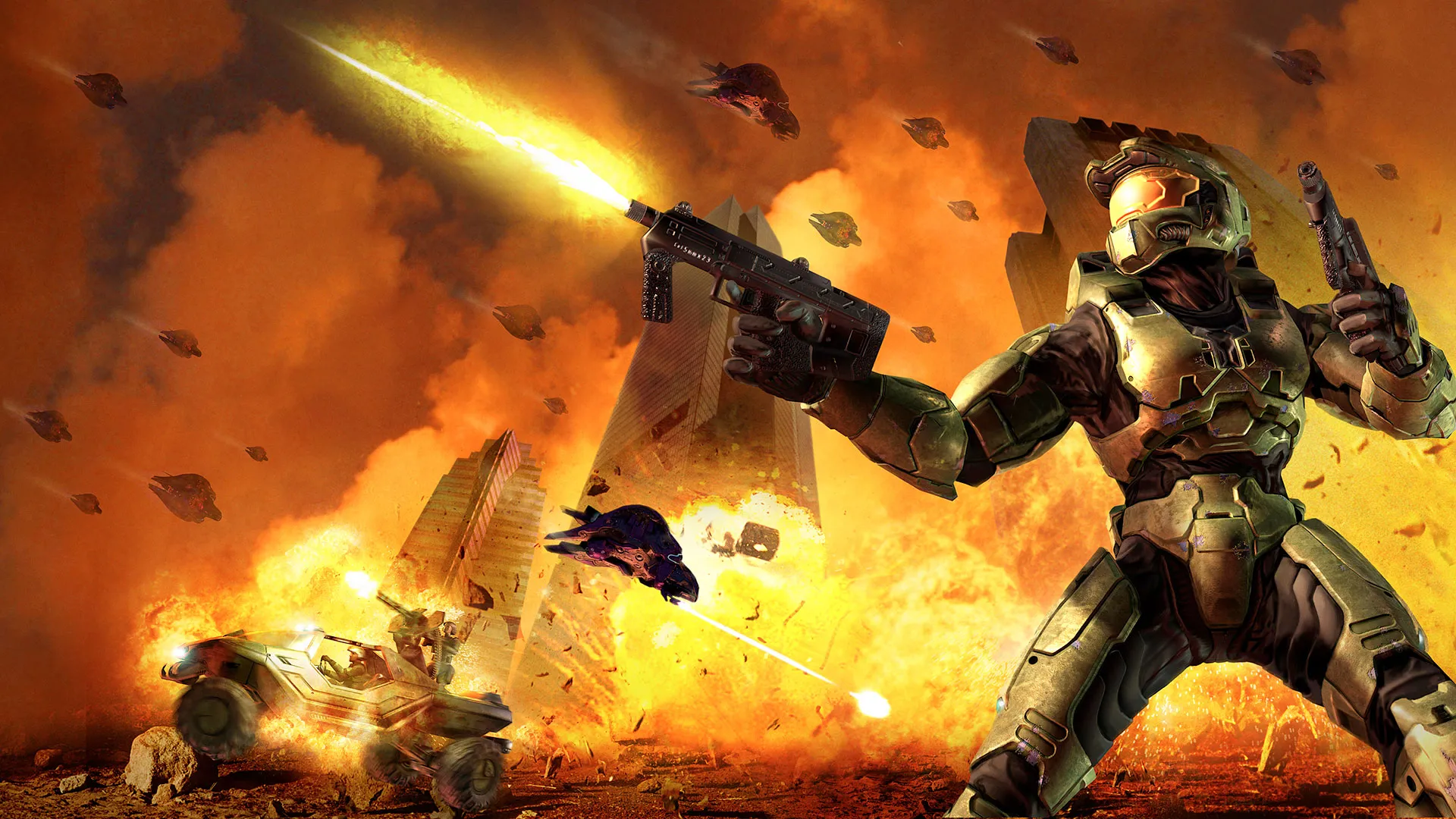



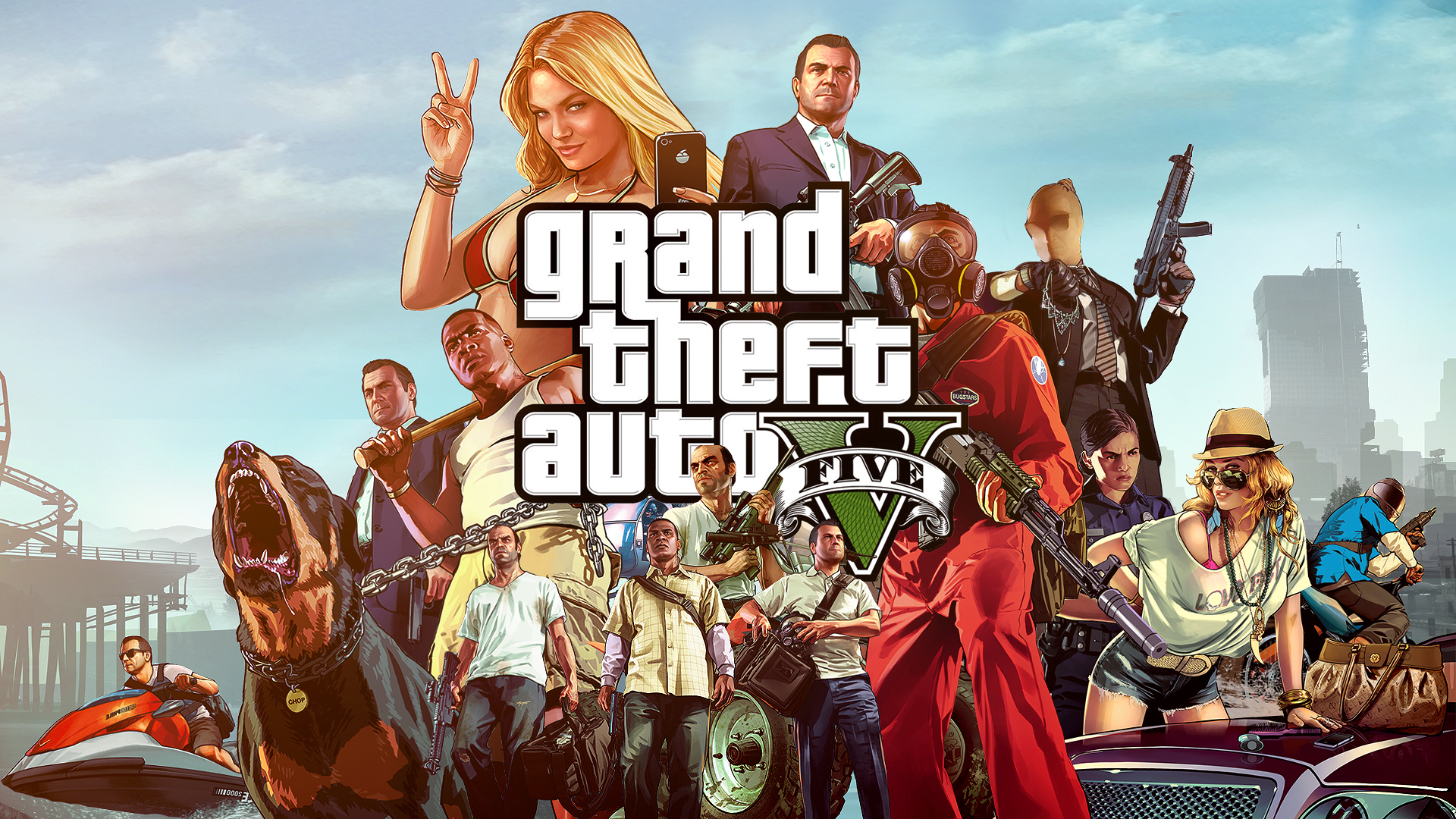


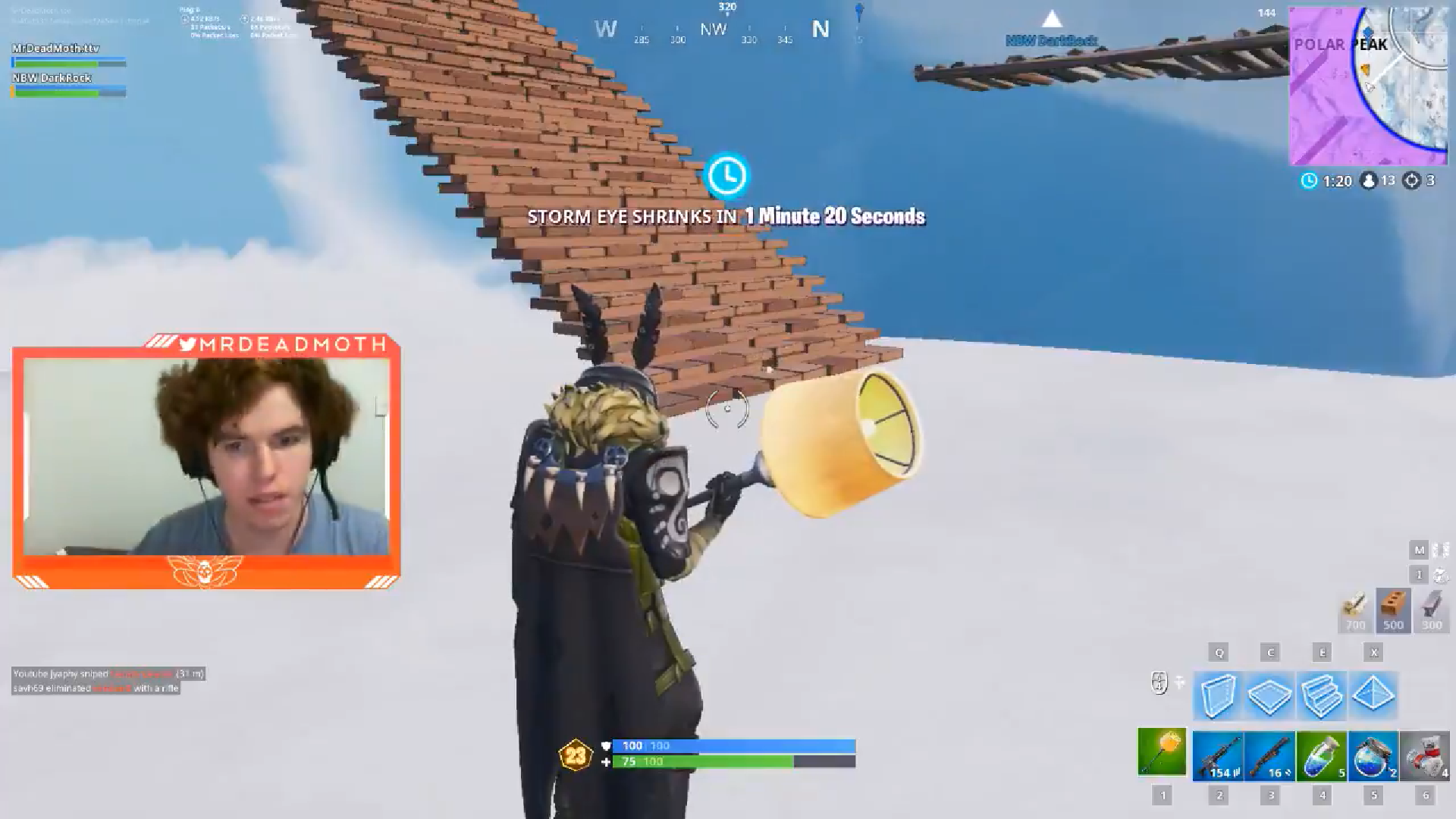
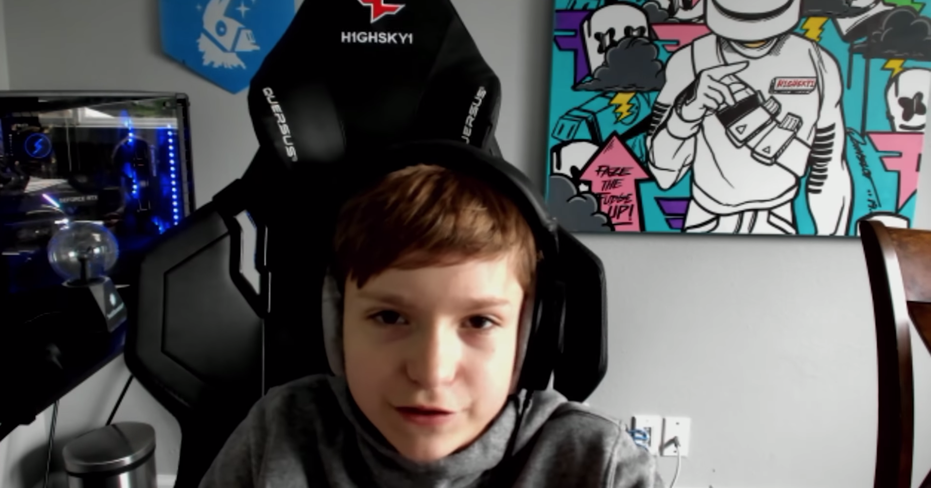
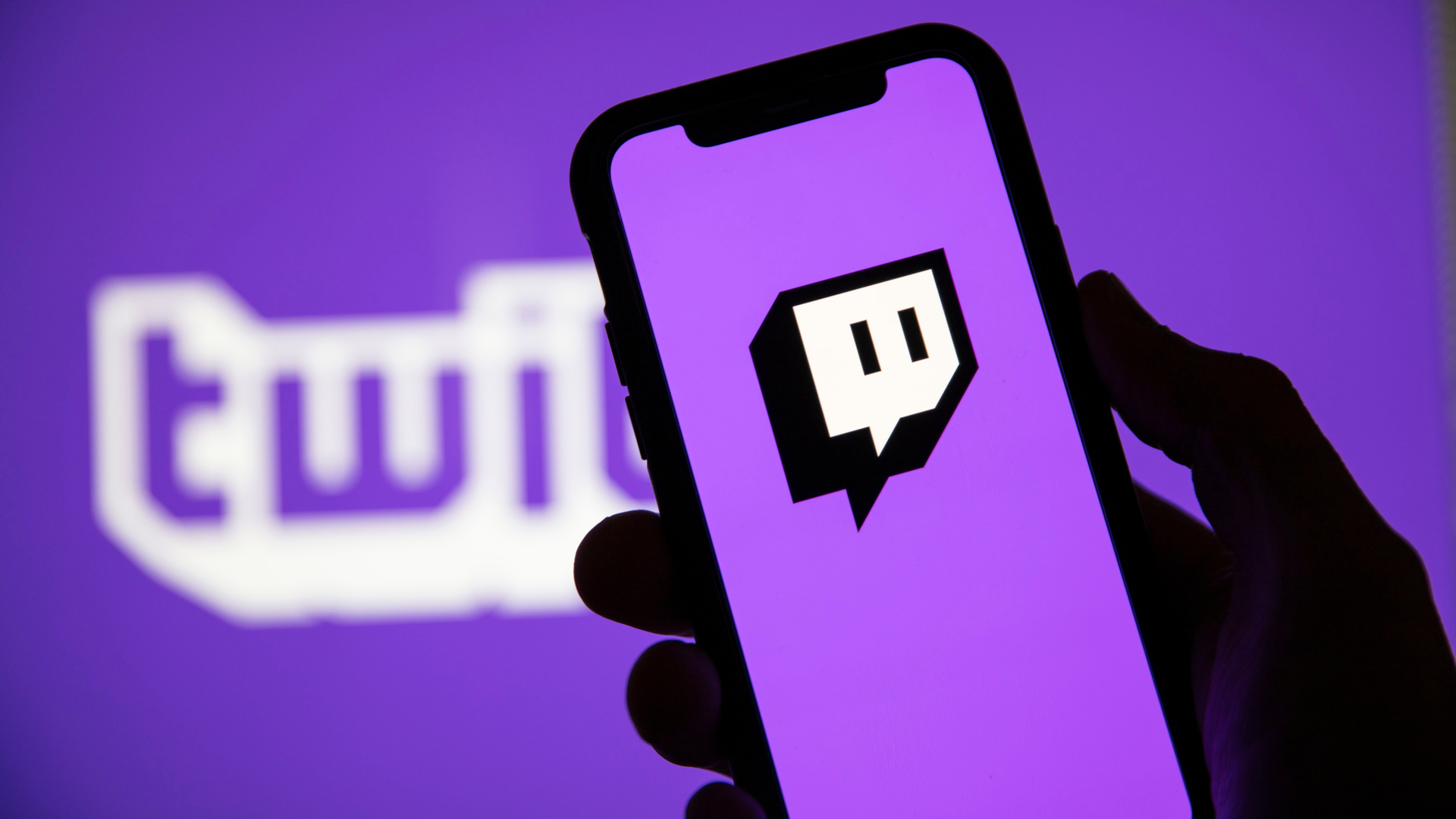

Published: Jun 28, 2017 12:17 pm